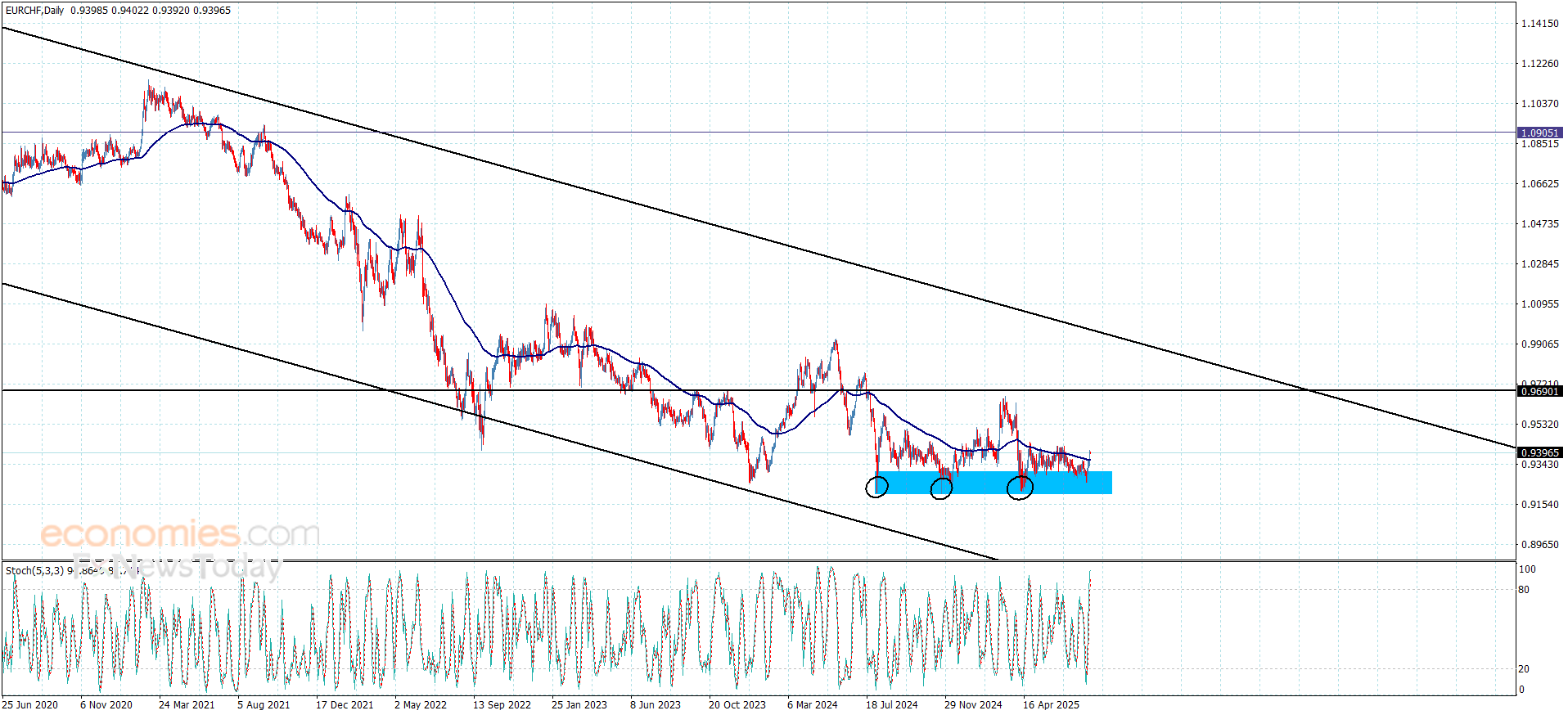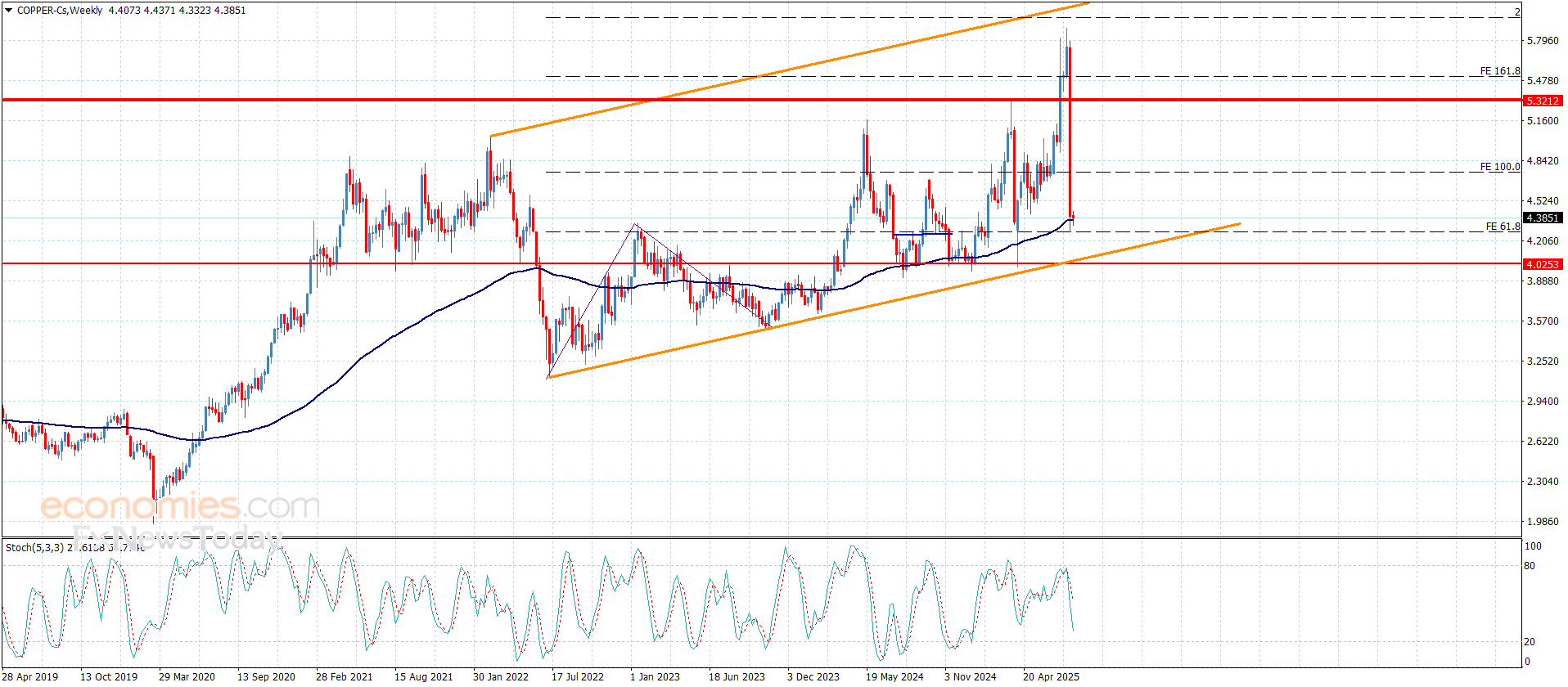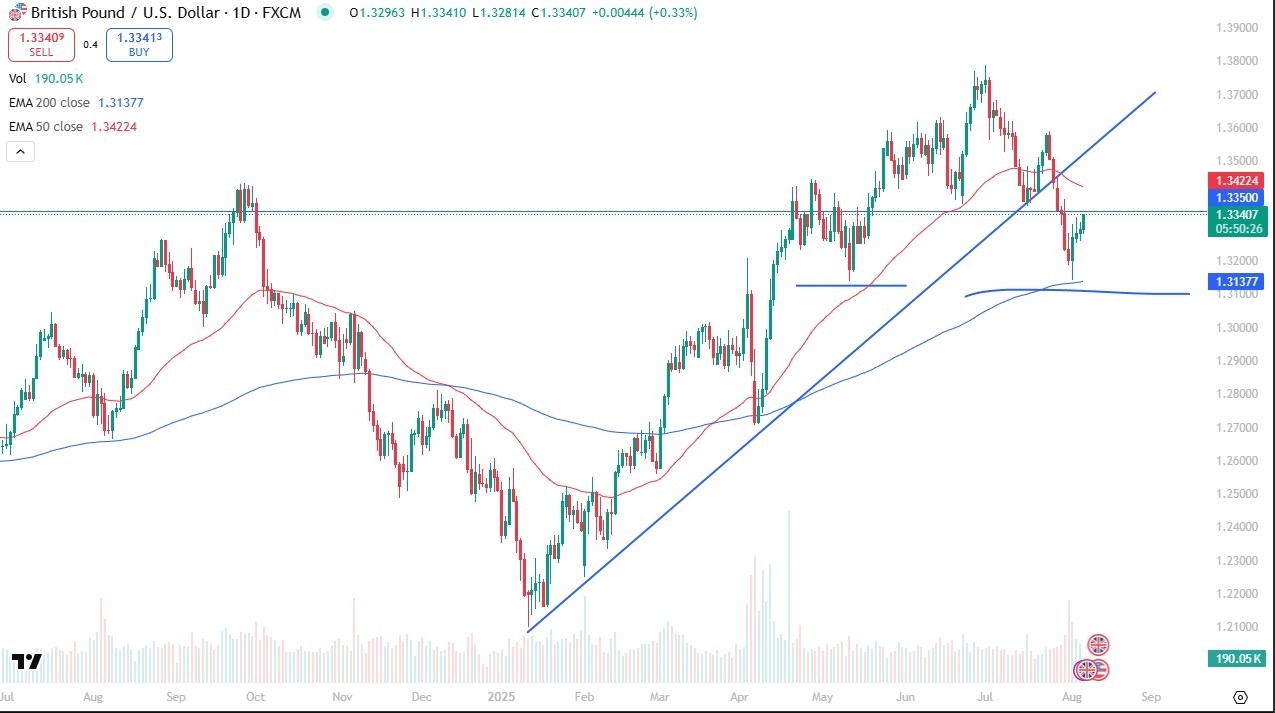DeFi TVL Surges 146.3% as Investor Sentiment Shifts in 2024
DeFi continues to evolve as a core component of the crypto ecosystem, with the total value locked (TVL) rebounding from a low of $36.59 billion in October 2023 to over $90 billion as of early 2024 [1]. This recovery highlights a shift in investor sentiment and underscores the growing importance of DeFi in 2024. The sector is now marked by a set of emerging trends that could reshape decentralized finance and its integration with traditional financial systems.
One of the most notable trends is the rise of , which offer real yield and greater flexibility for liquidity providers [1]. Platforms such as GMX and Jupiter have gained traction for their perpetual trading-based LP models, allowing users to earn yields ranging from 30% to 120% APY. These pools reduce the need for constant monitoring and provide stable, long-term returns, making them an attractive alternative for those seeking exposure to the broader crypto market without the volatility associated with direct asset ownership.
The concept of is also gaining momentum. This approach allows users to define their desired outcomes rather than specifying the exact parameters of each transaction, streamlining the DeFi experience [1]. Protocols like UniswapX and Aperture Finance are leading the charge by leveraging AI and smart contracts to optimize trade execution and simplify complex DeFi interactions. These advancements are crucial for onboarding new users and reducing the technical barriers that have historically limited mass adoption.
Airdrops and points-based systems continue to play a pivotal role in . Projects like EigenLayer, Ethena, and Solana’s Saga smartphone have effectively used airdrops and points to reward active users and foster loyalty [1]. These strategies not only incentivize participation but also contribute to the long-term sustainability of DeFi protocols by creating a decentralized, active user base.
remain a cornerstone of DeFi innovation, allowing users to stake their assets while maintaining liquidity [1]. Lido Finance is a prime example, offering liquid staking tokens (LSTs) that can be used across multiple DeFi applications. Emerging developments, including restaking and integration with Layer 2 solutions, are expanding the utility of these protocols and enhancing yield opportunities for participants.
Cross-chain interoperability is another key trend, with like Axelar, Hyperlane, and Chainlink’s CCIP enabling seamless asset transfers across different blockchain networks [1]. These protocols are not only improving liquidity and access to DeFi services but also addressing security concerns through innovations such as decentralized liquidity pools and AI-driven risk management. Despite past vulnerabilities in bridge security, the industry is making strides toward more robust and scalable solutions.
The tokenization of is also gaining traction as a means to attract institutional capital into the crypto space [1]. Platforms such as Ondo Finance and Realio are leveraging blockchain to tokenize treasuries and other physical assets, offering stable yields and regulatory compliance. This trend is particularly significant in the wake of major crypto collapses, as investors seek safer, more diversified options within the digital asset landscape.
On the Bitcoin network, are unlocking new DeFi capabilities, enabling the creation of smart contracts and decentralized applications. The Lightning Network, Stacks, and RSK are at the forefront of this movement, expanding Bitcoin’s functionality beyond peer-to-peer transactions. These developments are attracting developers and users alike, with over 200 Ethereum-based dApps already adapted for Bitcoin, signaling a broader convergence between the two ecosystems.
Finally, are seeing a resurgence, driven by major global events such as the 2024 U.S. Presidential election and the UEFA Euro Cup [1]. Platforms like Polymarket are experiencing record trading volumes and user growth, with TVL in the sector rising by 57.7% year-to-date. These markets provide a unique mechanism for aggregating collective expectations and have the potential to play a critical role in the future of DeFi.
As DeFi continues to evolve, it faces challenges such as liquidity fragmentation and user experience limitations [1]. However, the pace of innovation remains high, with new financial primitives and market structures emerging to address these issues. The coming months will likely see further consolidation around dominant protocols and market approaches, shaping the next phase of DeFi’s development.
Source: [1]DeFi Trends to Watch in 2024 (https://www.coingecko.com/learn/defi-trends-crypto)
Source link
Written by : Editorial team of BIPNs
Main team of content of bipns.com. Any type of content should be approved by us.
Share this article:







